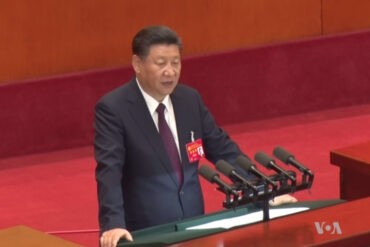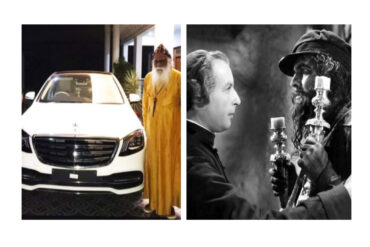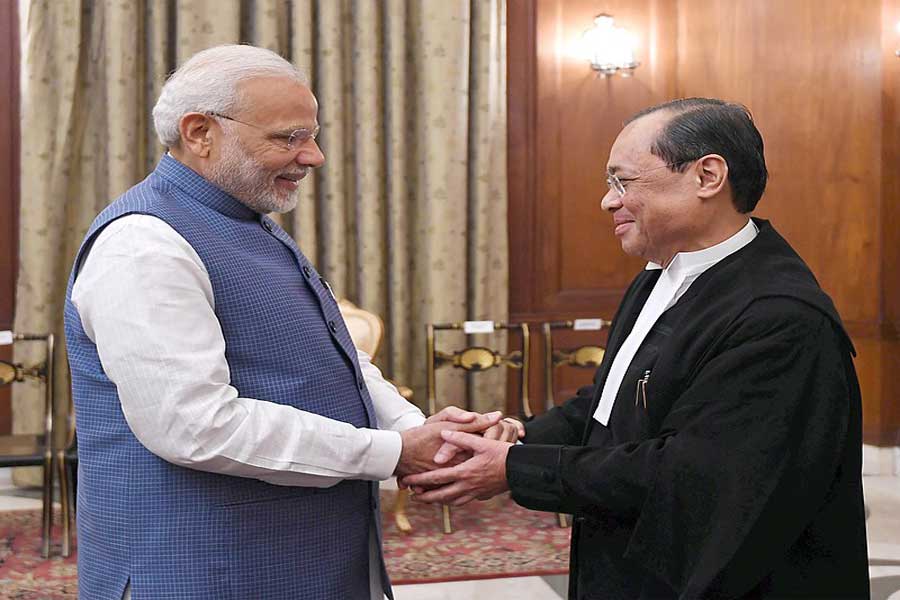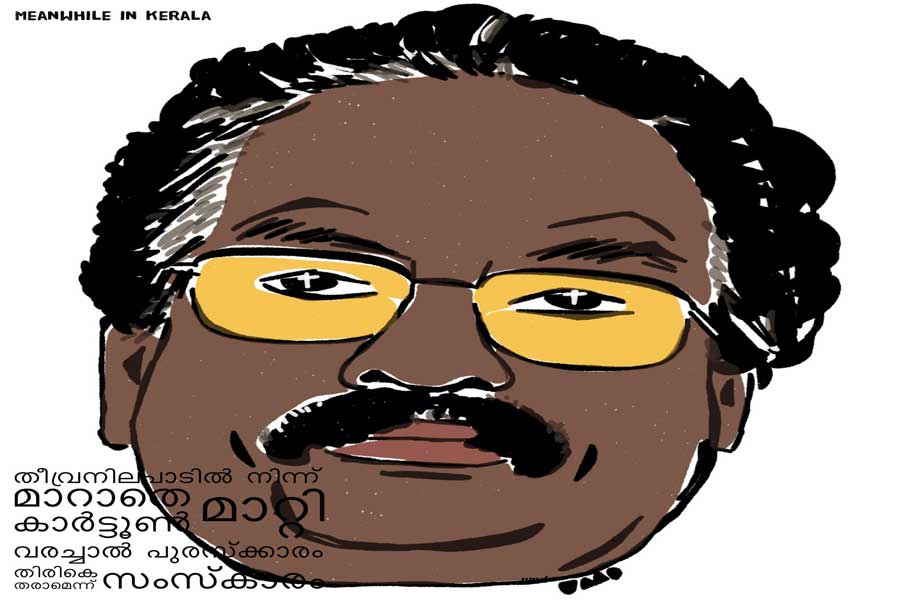Chief Justice of India, Ranjan Gogoi, retires on November 17. Lawyers often joke that an incumbent Chief Justice of India always makes the last one look better, and nowhere has it been more true than the present one. In the run up to the retirement of Chief Justice Dipak Mishra in the last week of September 2018, there was much anticipation of the onset of ‘new era’ under the stewardship of the Chief Justice Ranjan Gogoi, who was believed to be upright and no nonsense person, and who participated in that landmark press conference by the four senior-most judges on January 12, 2018. Alas, the last one year has been such a shock to the ‘collective conscience’ of the lawyers, jurists, and common public that people are now talking fondly of Justice Dipak Mishra, and how he was not ‘so bad’. It’s like our current Prime Minister, Narendra Modi, making the Hindutva ideologue, L K Advani look better.
On a serious note, let us look at the legacy of the CJI Gogoi, and figure out how people would remember him, and his cases. Within days of assuming the office of CJI, Gogoi stopped the practice of ‘mentioning’ of cases by lawyers, unless it’s a matter of ‘life and death’. Anyone familiar with the Supreme Court would know the longstanding practice of lawyers always wanting to get their matters listed, usually urgent matters, by mentioning them before the CJI. Some hailed the move as an act by a ‘tough’ taskmaster wanting to bring order in an otherwise extremely chaotic legal system, while others thought it was a harsh move, and didn’t bode well for the institution.
However, it didn’t indicate the storm that was to engulf the whole judicial institution itself. In October 2018, the Government effectively sacked the then CBI Director, Alok Verma, by transferring him overnight, on the ostensible ground that CVC was conducting an enquiry against him, while the real reason seemed to be that Verma was investigating his deputy, Rakesh Asthana, against whom CBI had registered a FIR for the offence of bribery few days ago. Verma knocked the doors of the Supreme Court, and after much dilly-dallying, SC reinstated him as the CBI Director, only days before his tenure was to expire in January 2019, and that too being subject to the decision of the Committee set up by CVC to investigate the allegations against him.
Meanwhile, in December 2018, a three judges’ bench headed by CJI Ranjan Gogoi dismissed the bunch of petitions questioning the Rafale defence deal, and seeking a court-monitored investigation. Though the Court primarily dismissed the petitions on the ground of jurisdiction, the Court did get into certain issues of procedure followed in the Rafale deal, the pricing issue and the choice of off-set partner. The Court had not issued notice to the Union of India in this case, but had asked them to submit details of pricing of the aircraft in a ‘sealed cover’, and the note submitted by the Government on the procurement process was undated and unsigned. In fact, there were many factual inaccuracies in the judgment, which were then challenged in a review petition, and the decision in review petition is still pending.
In all these cases, it was felt that the Supreme Court was not asking the tough questions to the Government, was not scrutinising the government actions properly, and was allowing the government to submit materials in a ‘sealed cover’, without the petitioners having opportunity to examine the same.
Then came the explosive allegations of sexual harassment levelled by a court staff against the CJI in April 2019, and the manner with which the allegations were handled, wherein the CJI set up a bench with two other judges and castigated the complainant in the open court, alluding to some big conspiracy that was out to destabilise the office of CJI, which left even the most apathetic persons very troubled. The allegations pertained to the conduct of the CJI in his personal capacity, and nothing to do with his position as CJI, but the narrative was painted as if the allegations were against the institution of the Judiciary.
Thereafter, it was a free fall, in terms of institutional integrity and propriety, with collegium decisions on judicial appointments being changed without reasons, good judges like Justice Tahilramani being forced to resign owing to punitive transfers and the like. However, his tenure would be most known for his overzealous role in spearheading the NRC mayhem, and in hearing the Ayodhya matter for 40 days non-stop, while abdicating the constitutional duty in the Kashmir petitions. The contrast could not be starker.
While in NRC, the Court was after the government officials to finish all procedural formalities, and publish the register by August 31, 2019, in the Kashmir cases, the Court has given innumerable adjournments giving the Government ample opportunity to perpetuate the completely illegal lockdown of almost 8 million citizens of J&K. No person, with an iota of constitutional morality, ought to have allowed that to happen, let alone a CJI. Even after 100 days of the abrogation of Article 370, the Supreme Court is yet to hear any of the petitions on merits, or asked the Government to release the mainstream political leaders arrested under the Public Safety Act (PSA), or the reasons for the detention of more than 4000 Kashmiris in the last almost three months.
Among all his judgments, CJI Gogoi will be remembered for the Ayodhya judgement long afterwards. Though it has been hailed as a balanced judgement, it is anything but that. It clearly abandoned constitutional morality to reward the aggressor and punish the aggrieved, setting a very bad precedent.
History will judge both the CJI and Prime Minister Narendra Modi harshly for their role in imposing a collective inhuman punishment to the millions of citizens of India, whether in Kashmir or in Assam. As the habit goes, it is hoped that the next CJI Arvind Bobde would make efforts to heal the wounds inflicted on the Judiciary and the country.
By arrangement with IPA







